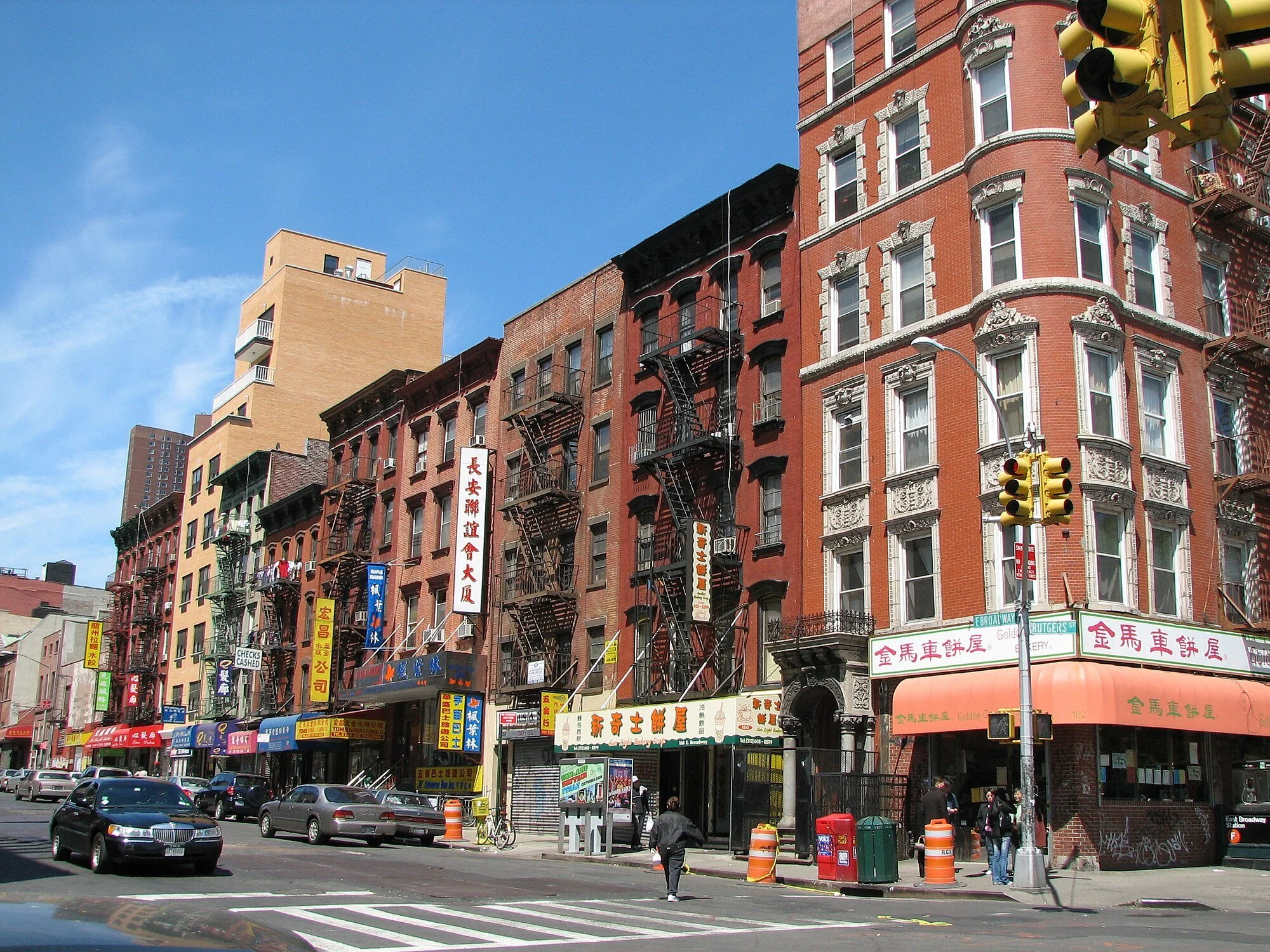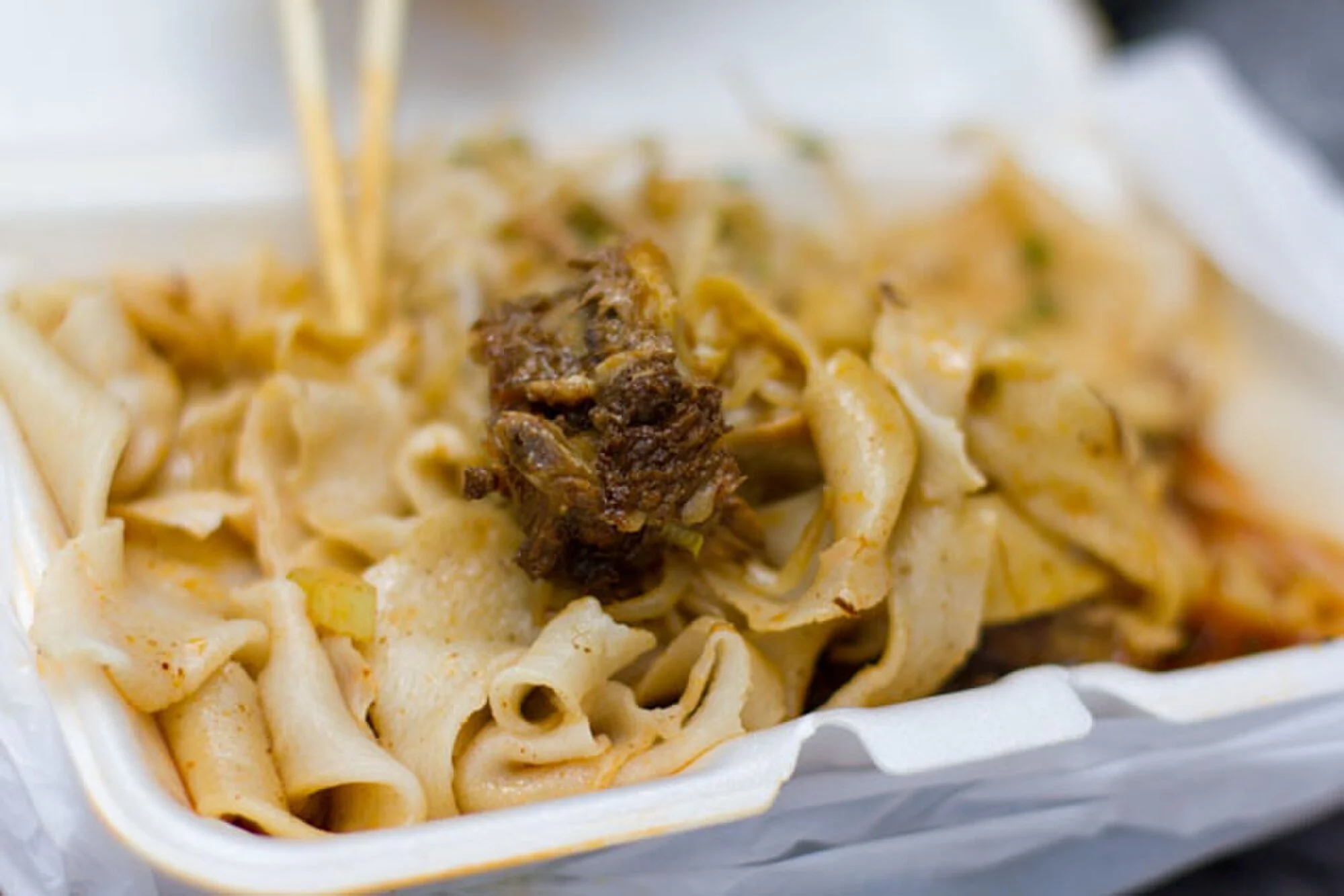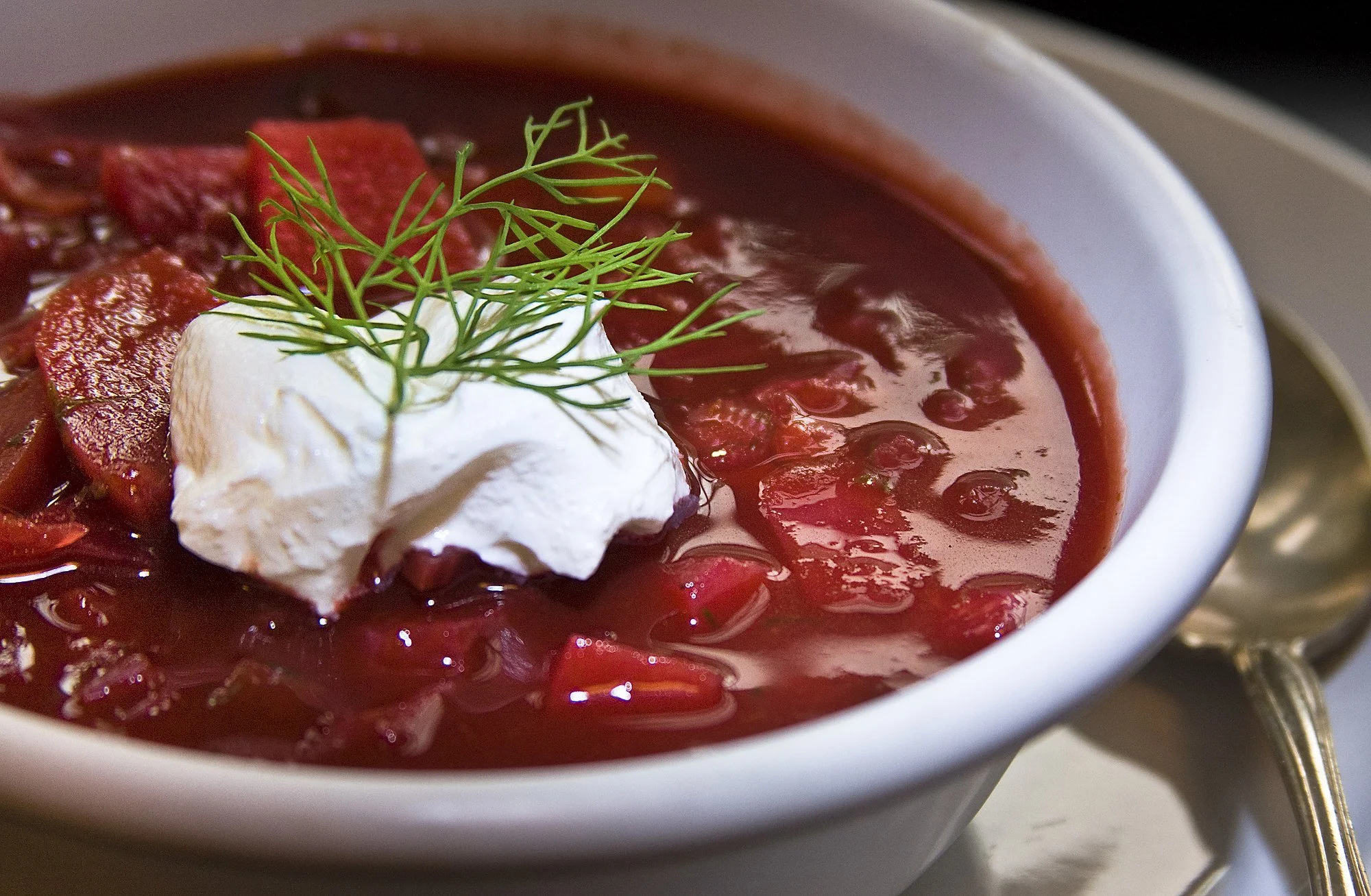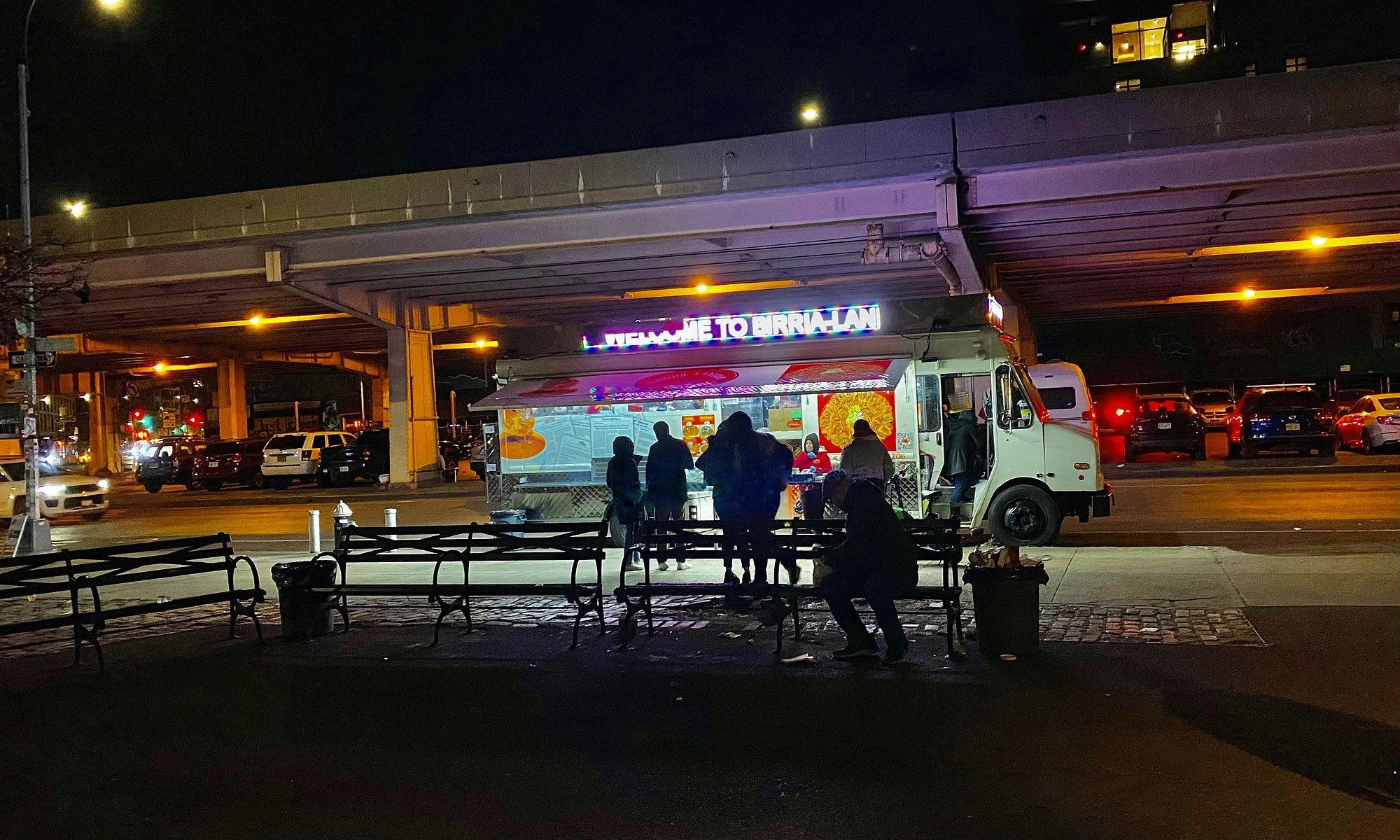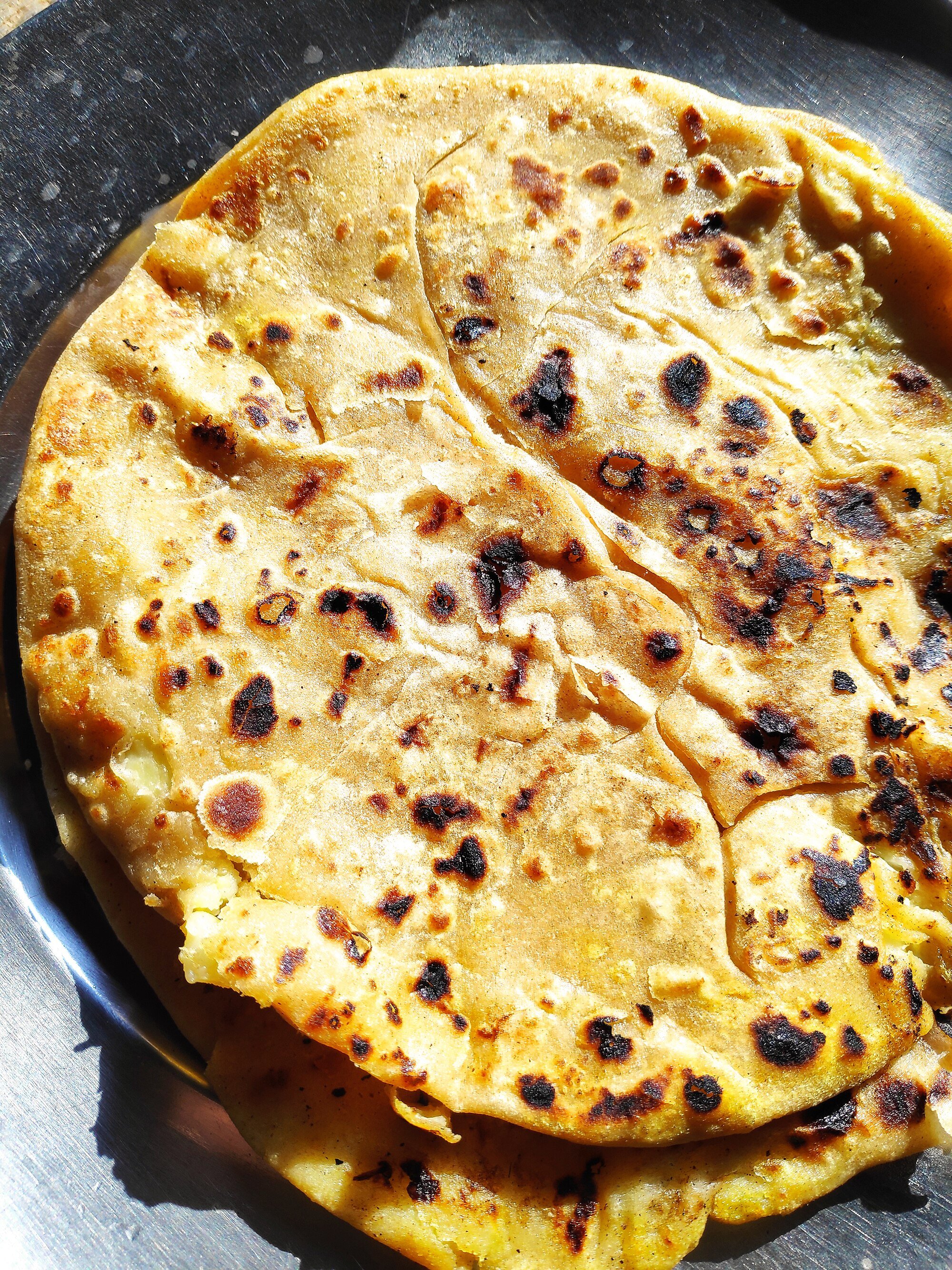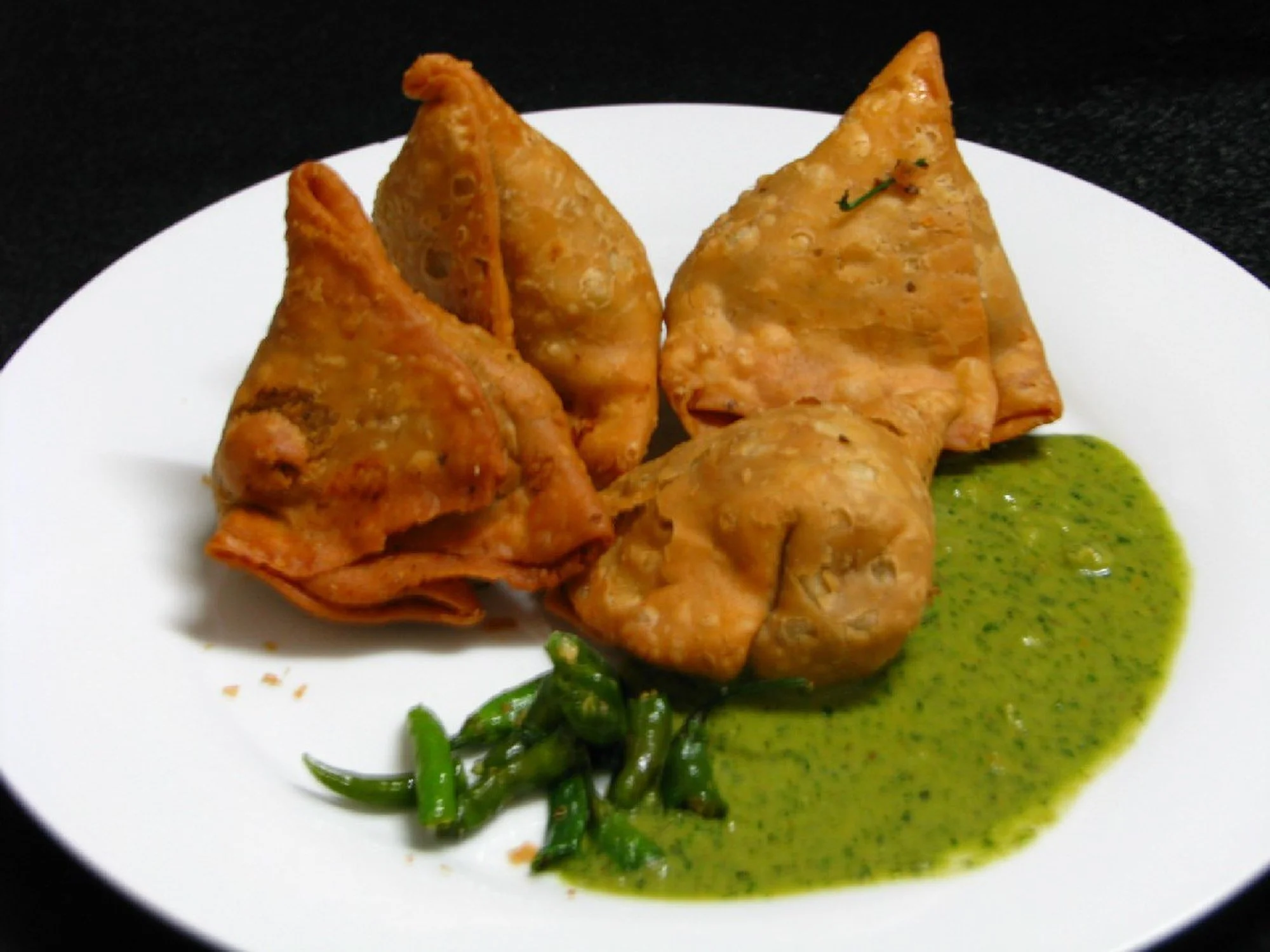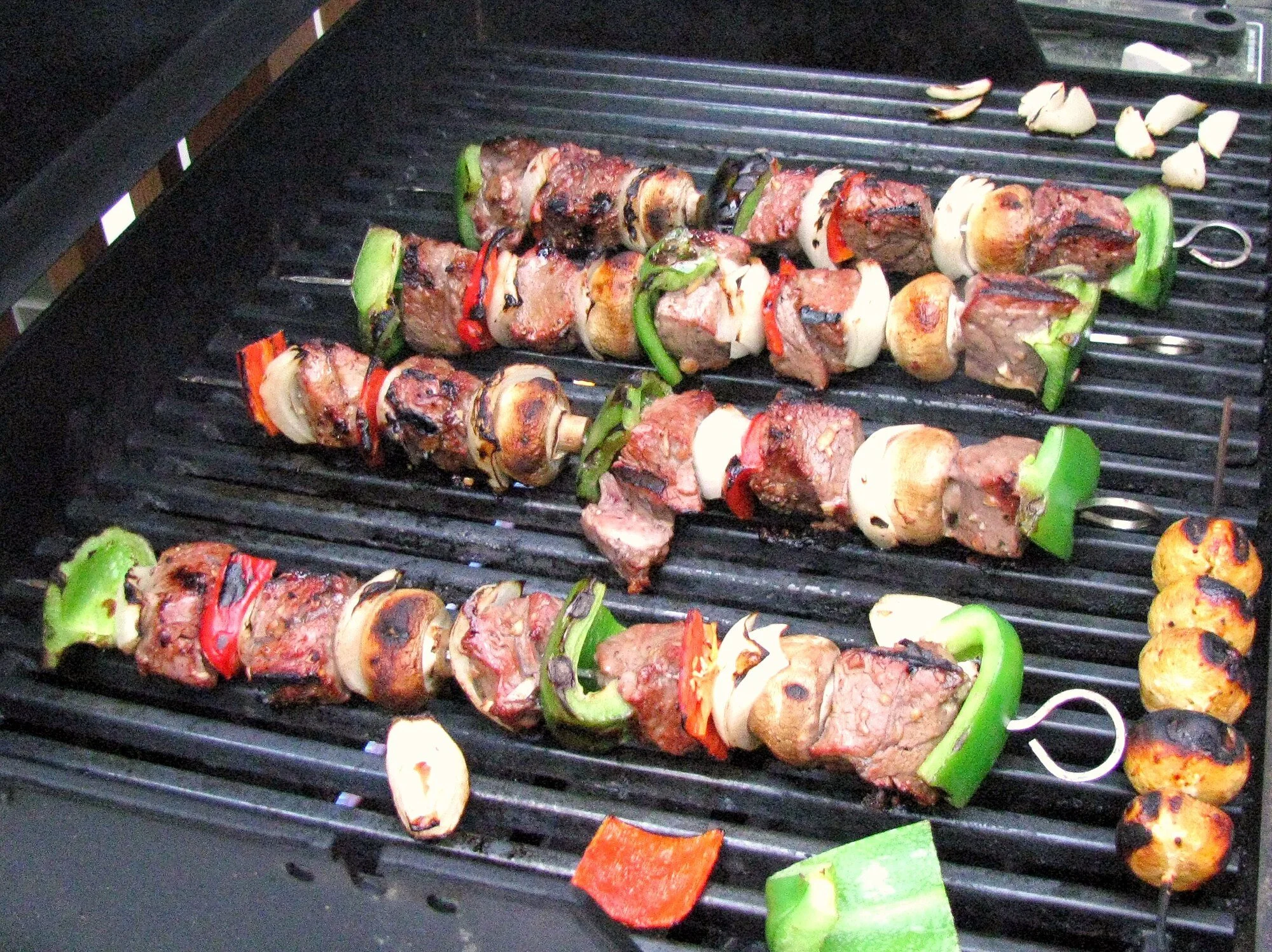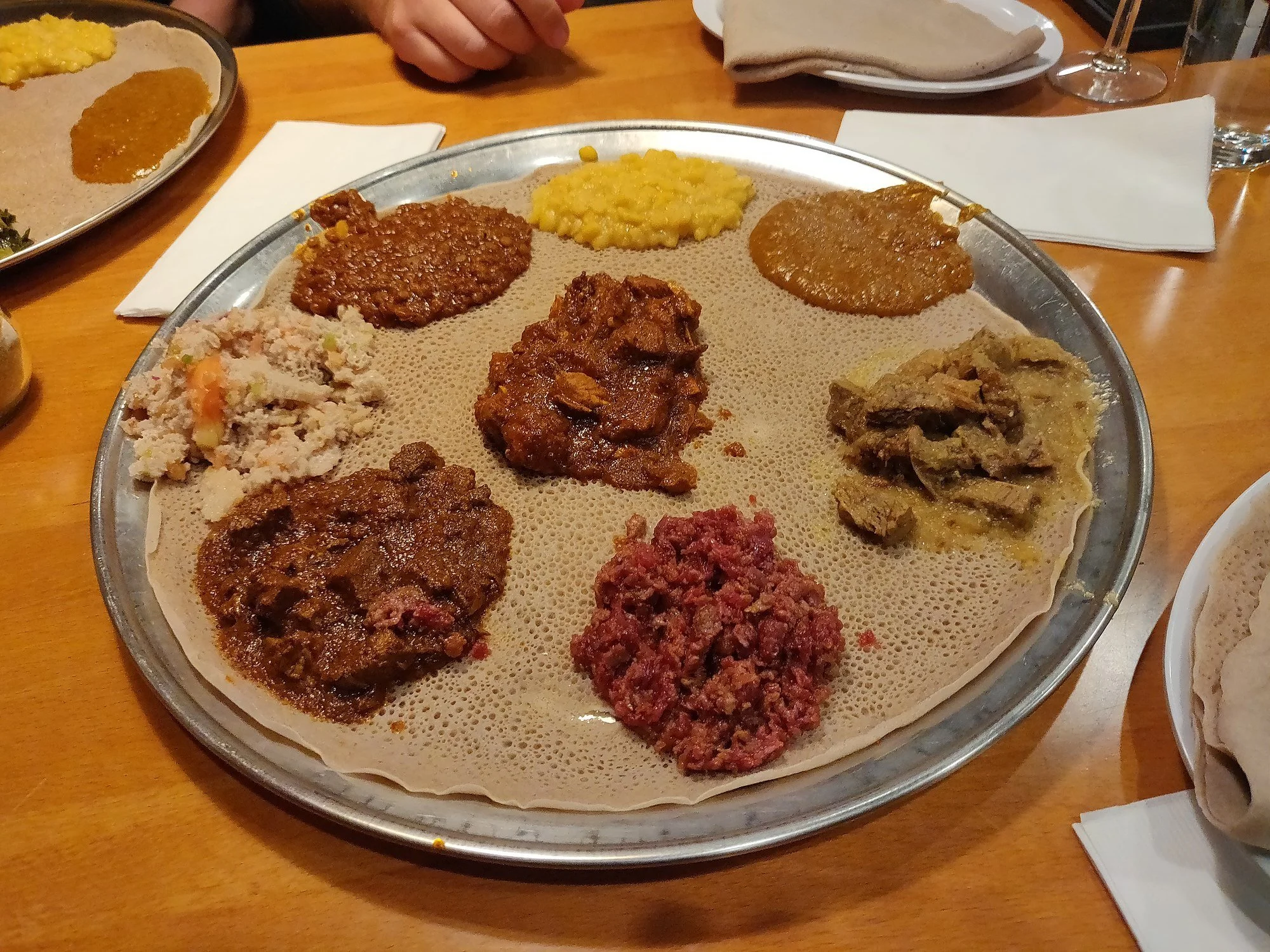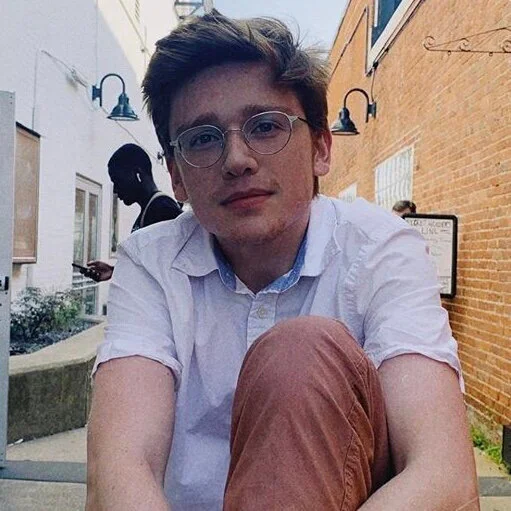Posing significant risks to both human health and the environment, the impact of oil rigging could threaten potential ecological, social and economic devastation if left unaddressed.
Oil rig engineer. Mohamed Hassan. CC0
Oil rigs operate everywhere—along highways, on remote islands, in the middle of the ocean, maybe even next door to your own home. Over the years, the oil industry has caused considerable environmental harm, generating air and light pollution while disrupting wildlife habitats and migration patterns. A report by The Guardian revealed that 17 of the 20 biggest carbon emitters are oil companies, with household names like Chevron, Mobil, and Shell making the list. Contributing to carbon emissions and climate change, oil rigs are directly linked to environmental damage.
As of 2022, the oil and gas industry controlled over 34,000 leases on public lands, totaling over 23.7 million acres. The industries also held leases on over 12 million acres of public waters. Gas and oil companies have been repeatedly accused of unethical practices, including defrauding taxpayers and compromising employee safety. Between 2008 and 2017, there were more than 1,500 oil rig-related deaths in America. Pollutants generated by oil and gas wells are also linked to health problems like asthma, heart damage, stunted growth and premature death. The pipelines and steel platforms used in oil rigging disrupt wildlife habitats, causing distress to animals like deer and buffalo displaced by land development. Given these issues, stricter regulations are necessary. Currently, environmentalists are urging the Bureau of Land Management (BLM) to revise oil and gas regulations and hold oil companies accountable for misconduct. Oil companies have a history of abandoning wells without proper cleanup, avoiding royalty payments (federal law requires companies to pay landowners a percentage of profits from sales accrued), and failing to address unsafe working conditions. Oil rigs leak tons of pollutants into the environment, degrading the air and water humans and animals depend on to survive. Solutions include using less toxic organic and biodegradable additives in oil rigging and converting gas-operated equipment to electric or solar.
Oil district in L.A. USC Digital Library. CC0
Urban oil rigging has contributed to pollution in major cities like Los Angeles, operating in close proximity to schools, parks and malls. In the 1920s, Los Angeles was a major player in the global oil industry. However, as local opposition grew due to spills and deteriorating air quality, oil companies began to obscure the reality of their operations. They began to disguise production facilities within buildings and set up oil islands off the Long Beach coast. With many active wells located in predominantly Black and Hispanic neighborhoods in South Los Angeles, oil drilling has disproportionately affected BIPOC communities. It wasn’t until Jan. 23, 2024, that the LA County Board of Supervisors voted to ban new oil extraction and phase out existing rigs.
Production and gas prices have a dependent relationship: when production increases, gas prices tend to fall, and when production decreases, gas prices usually drop. In the first half of 2023, the number of new wells increased by 12% (624 wells) compared to the same period in 2022. No U.S. president has slowed down the oil boom. As the 2024 presidential election approaches, the candidates’ stances regarding the oil industry’s environmental, social and economic impacts will be important.
The pervasive presence of oil rigs, especially offshore and in urban areas, underscores the extensive environmental damage wrought by the industry. As politicians confront oil’s complex legacy, the future of regulation will depend on balancing environmental expectations with economic realities.
Agnes Volland
Agnes is a student at UC Berkeley majoring in Interdisciplinary Studies and minoring in Creative Writing, with a research focus on road trip culture in America. She currently writes for BARE Magazine and Caravan Travel & Style Magazine. She is working on a novel that follows two sisters as they road trip down Highway 40, from California to Oklahoma. In the future, she hopes to pursue a career in journalism, publishing, or research.




